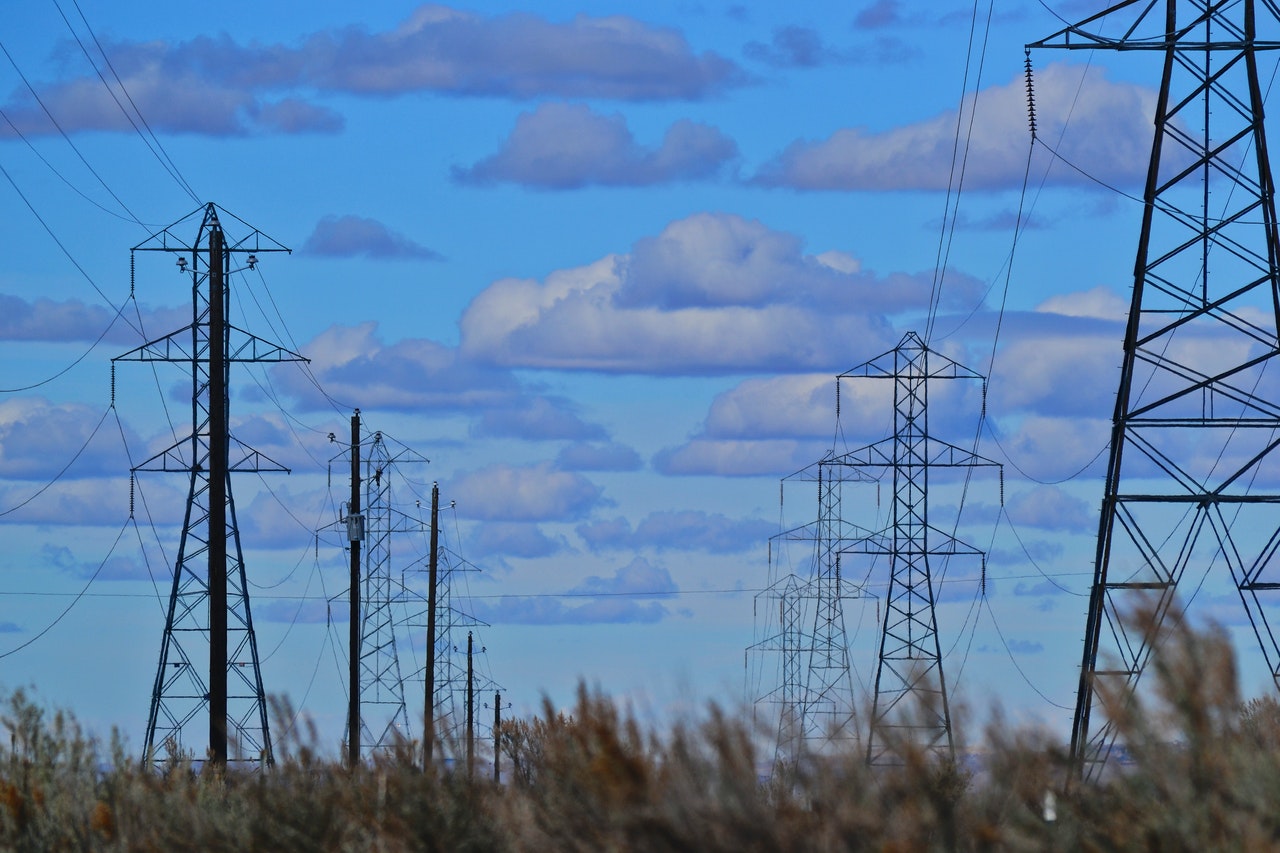When it comes to investing in green energy, solar and wind power, as well as electric vehicles, get a lot of attention. LED lighting, insulation, and other practical “green” construction upgrades may be the finest stock ideas right now, according to MarketWatch.
Following the COVID stimulus, “energy efficiency will continue to attract a lot of money,” says Will Riley, portfolio manager for Guinness Atkinson Asset Management‘s SmartETFs Sustainable Energy II exchange-traded fund. According to him, the post-COVID stimulus would continue to concentrate on construction. The ETF went live in early January.
They want to upgrade LED lighting, insulation, and heat pumps, as well as the electrical system and transmission cables.
In an interview with MarketWatch, Riley stated: “It’s not the wind, solar, or renewable energy installation equipment. It’s not because of the equipment.” In this situation, it is the installation of insulation. It’s LED lighting, and there are meters to ensure we’re using as little energy as possible. Every nation may benefit from this. It isn’t the stuff that creates headlines. Everyone is capable of doing this.
It was partly based on International Energy Agency estimates that, in order to meet current government policies, energy efficiency spending should increase from around $250 billion per year to around $375 billion per year this decade and nearly $550 billion per year in the 2030s, which is a lot more money than we’ve spent in the past.
Buildings account for over 40% of all CO2 emissions from the Earth each year, due to the energy they use and the materials needed to construct them. Concrete emits a significant amount of CO2.
Last year, $1 billion was spent on building energy codes in US, and new revolving loan funds were established to assist companies, households, public schools, and government buildings in improving their energy efficiency.
Another point to note is that the “Buildings Performance Standards Coalition,” which the Biden administration launched last month, comprises 33 state and local governments representing 20% of the country’s building footprint and 22% of the population. This group is known as the “Building Performance Standards Coalition.” As part of the project, buildings older than 30 years were retrofitted with new heating and cooling systems, as well as more energy-efficient equipment.

